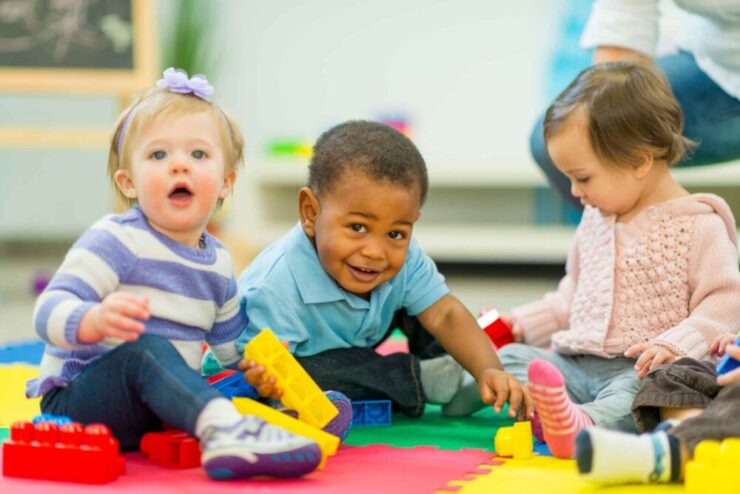Kids love to have fun and enjoy a good time in daycare. This is why sensory activities for infants in daycare are currently becoming popular. Today, there are tons of Sensory activities that are practiced in daycares, but this article will focus on the 12 best sensory activities for infants in daycare.
Apart from the fact that it is delightful and fun-filled, these activities are designed to awaken the child’s consciousness. They have amazing benefits on the 21st-century baby.
In addition to academic excellence, the child’s health will also profit from these fun exercises and so, every parent and teacher needs to learn at least one or two sensory activities
Table of Contents
About Sensory Activities
Touch, Listen, See, Taste and Smell are the senses with which we are conceived. We rapidly live with these senses as we travel through our beginning stages of growth. We have all enjoy them in varying ways.
However, some have had to endure extra difficulties or constraints to one or more perceptions, but we will all go through life communicating with the globe, mostly through our perceptions.
There are many operations used to involve young kids in the 21st century. These operations are directed at supporting young kids practice with the main characteristics of the five prevailing senses as they develop, both in-home settings and in academic settings.
The primary purpose behind these activities is to produce and stimulate the consciousness of the child. Using techniques which involve getting a range of designs, materials, items, and accessories, a child’s senses is developed.
Examples of sensory activities for infants in daycare includes water/sand play, sensory sacks, arts and crafts and communication with pets, songs, or light, even trampoline; there are so many activities in the world today.
The advantages scholars have found to be most apparent when infants adopt sensory play are diverse.
What are Sensory Activities?
It involves any exercise that enhances the five sense organs, i.e. touch, smell, taste, vision, or hearing of an infant. The concept is created to inspire kids to play, develop, research and experiment with their senses.
Sensory exercise can start at the very beginning stages of a child’s life. However, it is a significant start in a child’s development phase. Sensory activities promote discovery, encouraging kids to use science procedures while playing, creating, investigating, and exploring.
Sensory operations enable kids to improve their levels for separate sensory information to help their brain build higher links to digest and react to sensory information.
For instance, while growing, it might be impossible for a kid to have fun properly with his friend when irritating sounds are steaming in from his environment. But, a kid learns to adjust via a kind of sensory exercise that explores sounds and activities which will help him to shut out the disturbance that is not essential and concentrate on the play that occurs with his friend.
A further instance is a kid who is especially picky when eating foods with a moist layer such as spaghetti. Using sensory practice in a setting with little choice, the baby would be able to touch, smell and interact with the product.
Benefits of Sensory Activities

Sensory activities set the basis for mastering other abilities, including fine-tuning motor muscles to boot. Discovering such vital features is a fundamental point of reference as the child develops through different stages of life.
Overall, experts generally know that the following are the five main advantages of sensory activities:
• Sensory exercise creates nerve associations within the synapses of the child’s brain that stimulate the tendency and capacity of a child to compete with more complicated educational activities.
• Sensory games promote the growth of language, intellectual development, co-ordinative skills, analytical thinking abilities, and communication.
• Neural activity helps to build and improve the workings of memories.
• Sensory activity is good to soothe a depressed or worried kid.
• Sensory activities enable kids to learn perception characteristics of vital importance like warm, cold, wet, and dry
It should also be noted that the benefits of sensory activity can involve kids suffering from health problems with which they are either born or developed at a subsequent point in life.
Read Also: How To Entertain A 1 Year Old On A Plane
Therapeutic areas in which sensory activities can function are deafness, blindness and a range of other diseases or difficulties that may challenge their capacity to learn and develop specific abilities.
12 Best Sensory Activities for Infants in Daycare
There is no limit to which kind of Sensory activities for infants in daycare. With personal creativity, there are so many Sensory activities you can design. Only using common sense, you will be able to select the suitable equipment and types of action that is best for the age and potential of your child.
Sensory activities are ideal for children, but the type of activity given to a child differs based on his/her age. So, note which activity that is suitable for different age groups. Let’s check out 12 of the best Sensory activities for infants in daycare.
1. Spin and Paint Beach Rocks
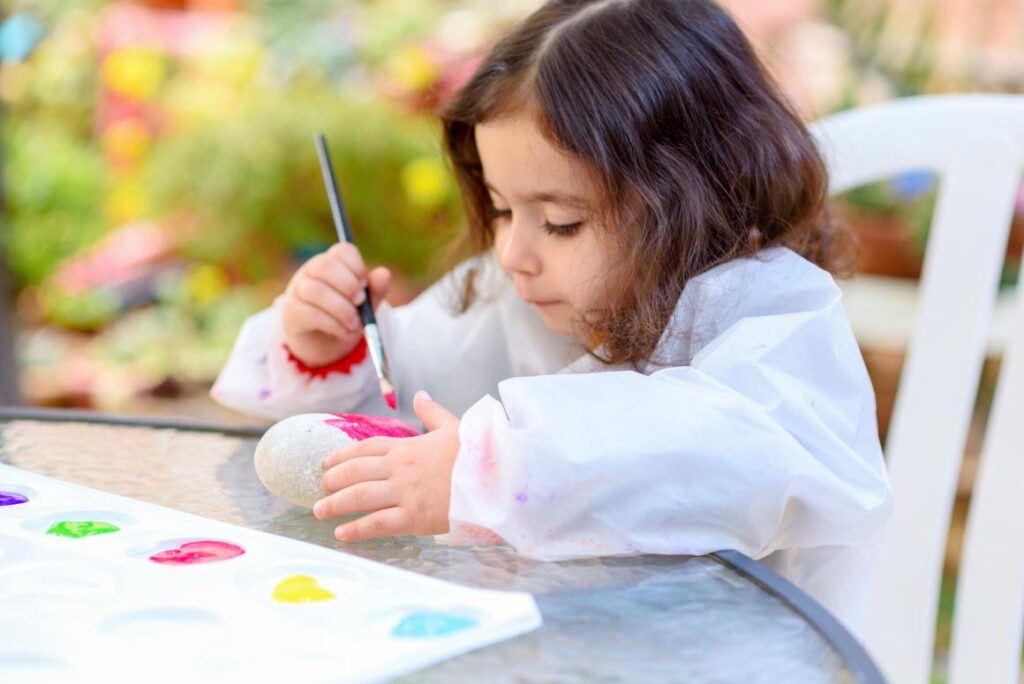
Any stone by the side of the road can be used in this activity, but it is not just the painting that matters. The multi-task that involves both spinning the rock and art as it rolls will generate so much fun.
Get rocks from the beach for this exercise. Why beach rocks? They are round and will spin easily while you paint. To make it even enjoyable, get bigger, round rocks so that the kids can work in groups.
Get the right combination of paints and start! What you get are amazing designs that can be used to decorate your house and even your child’s room.
2. Name and Paint 3D Shapes
Even though it also involves painting, this sensory exercise is quite different from the previous one. Apart from the fun painting, it is educative. Infants get to remember the names of 3D shapes while they regularly spill paints over them.
Find shapes of different sizes together with the paints you will use but rather make it big, get smaller shapes so that it can fit in their hand correctly. The kids will hold the shape in one hand and paint with the second hand. It is more enjoyable with a sing-along rhyme to go with it.
3. Dinosaur Washing Party
This fun-filled exercise involves eating and washing altogether. To make even exciting, the legendary Dinosaurs are involved. You begin this sensory exercise by painting the dinosaur (make it a giant dinosaur for the whole group) with yoghurt paint. As they paint, give them the freedom to lick and eat the yoghurt from the dinosaur’s body.
Finally, with rainbow shampoo, allow the kids to wash the dinosaur thoroughly while they have fun. Don’t limit this exercise to just Dinosaurs only; include other animals to the eat-and-wash kid’s party.
4. Make Ice Cream
Start cooking training for your kids with this sensory activity. However, this is not just another tedious cooking exercise as the primary aim of these exercises is to stimulate the mind and awaken the five senses.
Providing the kids with some amount of salt, flour, coloring, ice cream cones, scoopers, and water each, allow the kids to play around as they make their favorite Ice cream. In the end, the kids get to eat what they make.
5. Mild Scientific Experiments
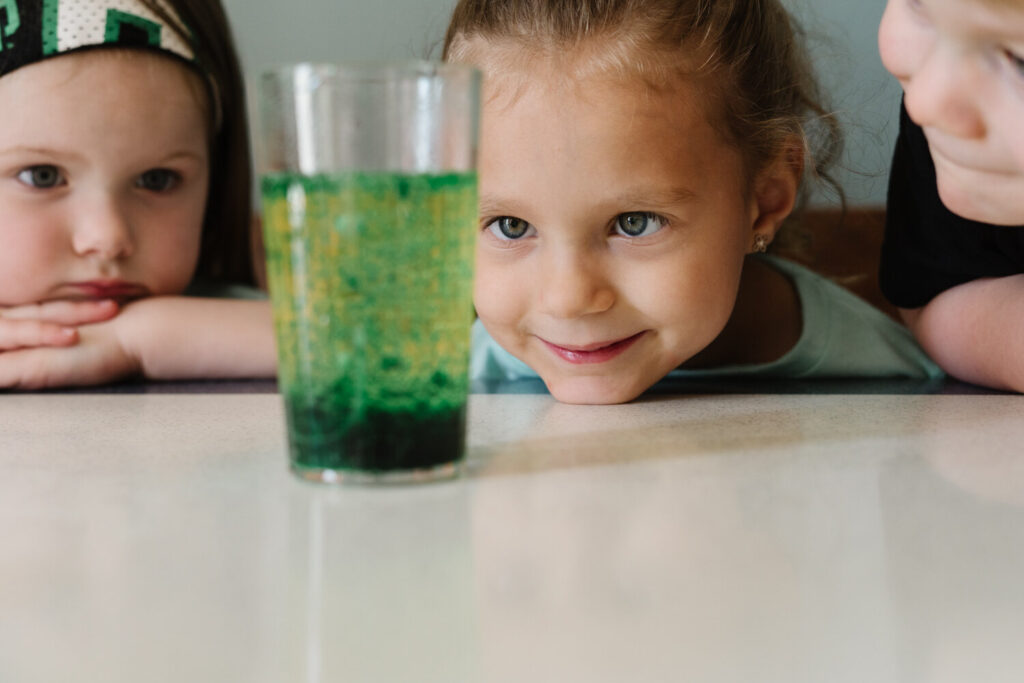
This time, there is nothing to eat or paint, but that cannot deprive the kids of the fun as they are about to become the future Albert Einstein. Actually, in this sensory exercise, the most important thing is the appearance of becoming a scientist and so before you start, make sure they put on the white lab coats. Read my post on selecting the best personalized lab coat for your toddler.
They can begin by pouring rocks in the water to see the change in the level of water; they can also add a little salt in the water to see the difference in taste. Make it exciting by allowing them to play with the tools (which should all be plastics).
6. Building Science Laboratory
This science fun should not stop there. The kids can have a beautiful laboratory. This exercise will not just be fun but also challenging for the kids. What will be in our laboratory? A lemon here, a squeeze bottle at a corner, a skeletal plastic toy, baking soda, and cornmeal sprinkled in different areas. You can add to the list of materials you pick around.
Once again, the fun here (which you might miss) is the appearance, and so creativity is needed. You can make it a personal laboratory on each child’s table and most especially, allow them to have fun with it.
Now the excitement just got real simple. Water beads are beads that soak up water and so, with a little painting pour in the water; we have beads shining bright like a rainbow.
7. Make Colored Water beads
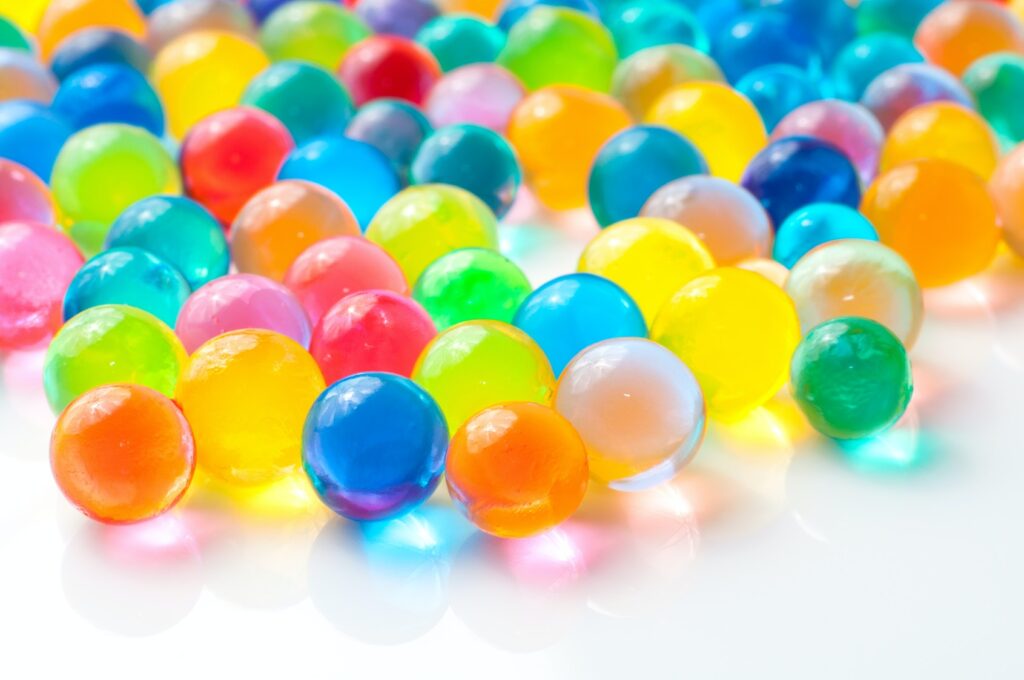
First, get water beads and leave them in water for several hours or even allow them to soak thoroughly in the water a day before the exercise. Now that the beads are plump and large get Ziploc bags for each kid. They will pour a little color together with water in the bag and throw in the plump water bead inside.
That’s it! They can make hundreds of these beads to beautify there room or house. That’s it! They can make hundreds of these beads to beautify there room or house. That’s it! They can make hundreds of these beads to beautify there room or house.
8. Toddlers Dance and Feet Painting Party
This sensory exercise is fun-filled with almost nothing else to do than teach the toddler how to engage their body. There is dancing, eating, and painting involved here as the kids have their fun. It can be done in any room with an excellent flooring surface.
Pour different colors of yoghurt paint on the floor, take off your footwear, switch on pure family music and start dancing! That’s of it! Make sure there are adults around to hold the hand of these toddlers so that they don’t slip.
9. Make Juice with Nature
In this activity, the kids make their lovely juice from everything nature has to offer. With a blender already available for use later, allow the kids to play around in a garden gathering whatever fruits they can find.
Read Also: 7 Best Toys For Babies Learning To Stand
After the garden play, they mix up the fruit and use the blender to get their juice. While they struggle with peeling each fruit, you help them blend, and your juice is ready.
10. Make Puffy Ribbons

You would love this exercise when you see it in the end. You need supplies like Ziploc bags, shaving cream, duct tape, and ribbons. Firstly, pour shaving cream inside the Ziploc bag and seal it. Place duct tape to one side of the Ziploc ensuring that an inch of the duct is left open. Put the ribbon around the tape and then seat it with another duct tape.
There, you have bags that will remain for a while before damaging. This sensory exercise is not for toddlers, and so, you should allow them to have fun with it.
11. Toddlers Clay House
Sticky clay has always been a popular sensory exercise tool, and it is because they can be used to mold different things. For the toddlers, they are precisely building a house but instead just molding and re-molding the clay into anything.
Get your clay and make them wet but before handing it over to the kids, make several small logs which they can play with. Give it to them to mold whatever they like with it making sure there is a big bucket of water around for washing and safety purposes.
12. Poking Styrofoam Balls
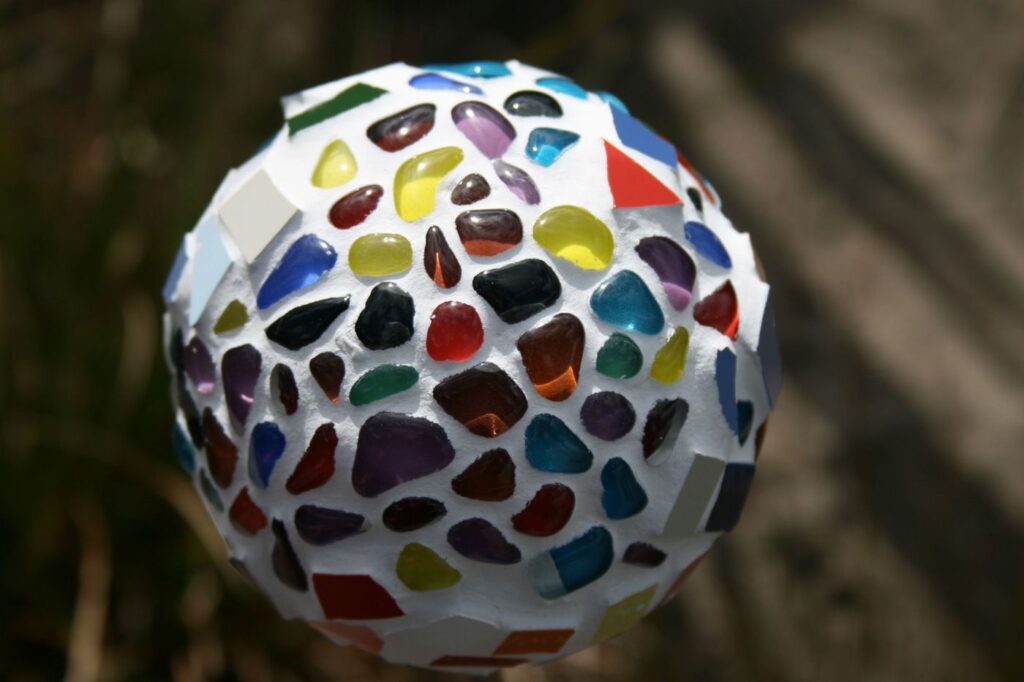
This is one of the exciting yet straightforward sensory activities for infants in daycare. All you need is several Styrofoam balls hanged a bit higher and different pointed sticks that will be given to the children. And what will they do? Poke the ball with excitement and passion. You can make more exciting by giving them time limits or anything to keep them from being distracted.
Conclusion
Sensory exercises are built to awaken kids. While some activities are universal or specific to a particular environment, many are simple ideas to engage the child.
All that is required is creativity and a desire to engage the child in a safe yet exciting activity.

